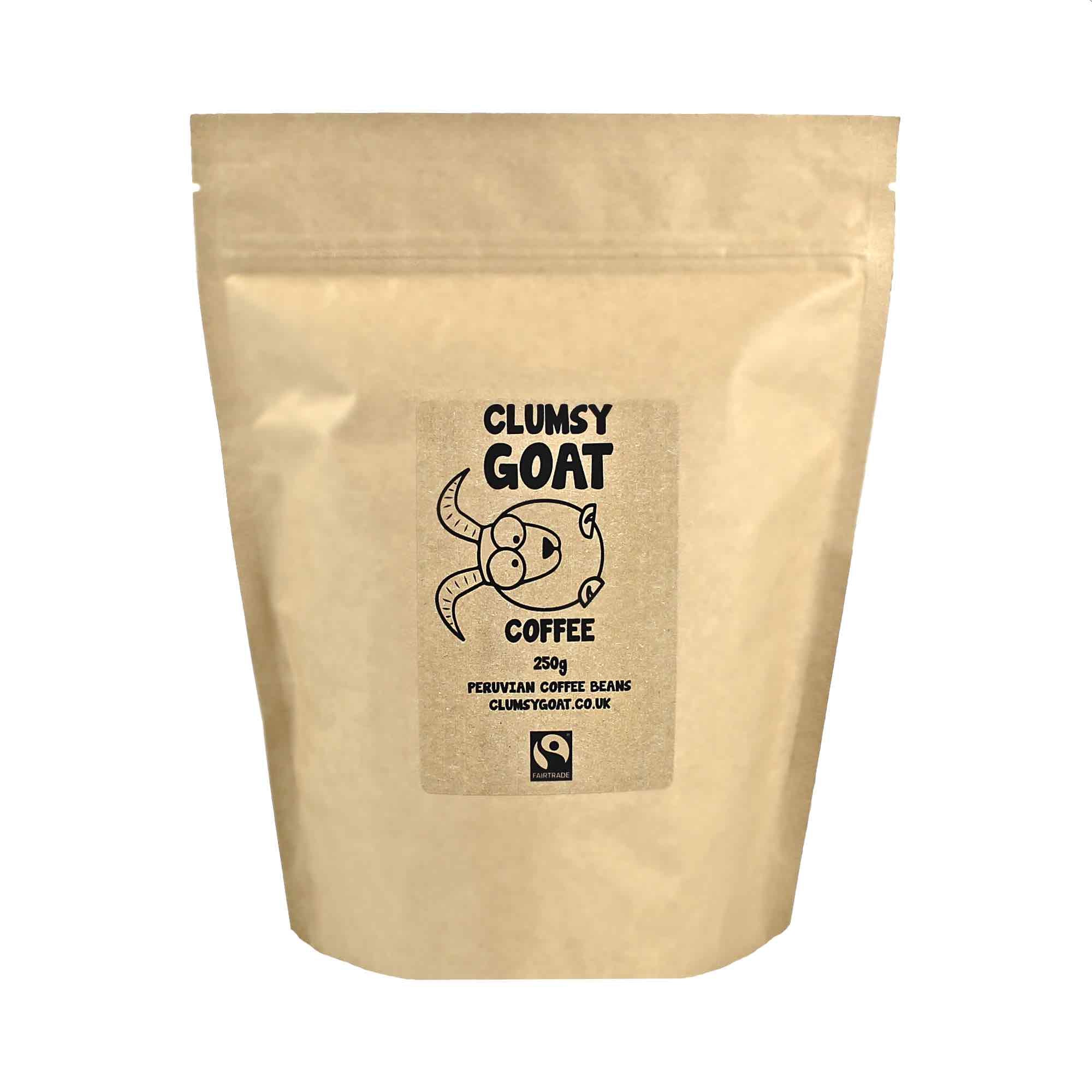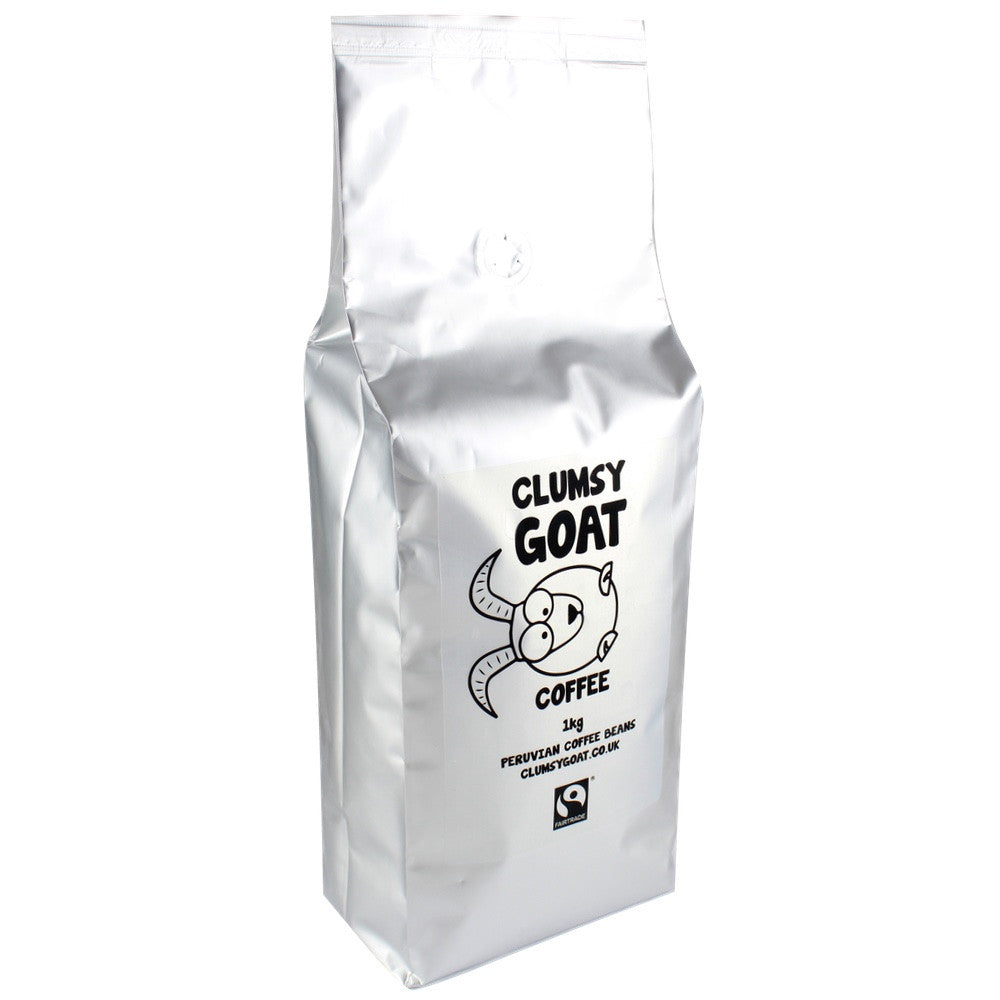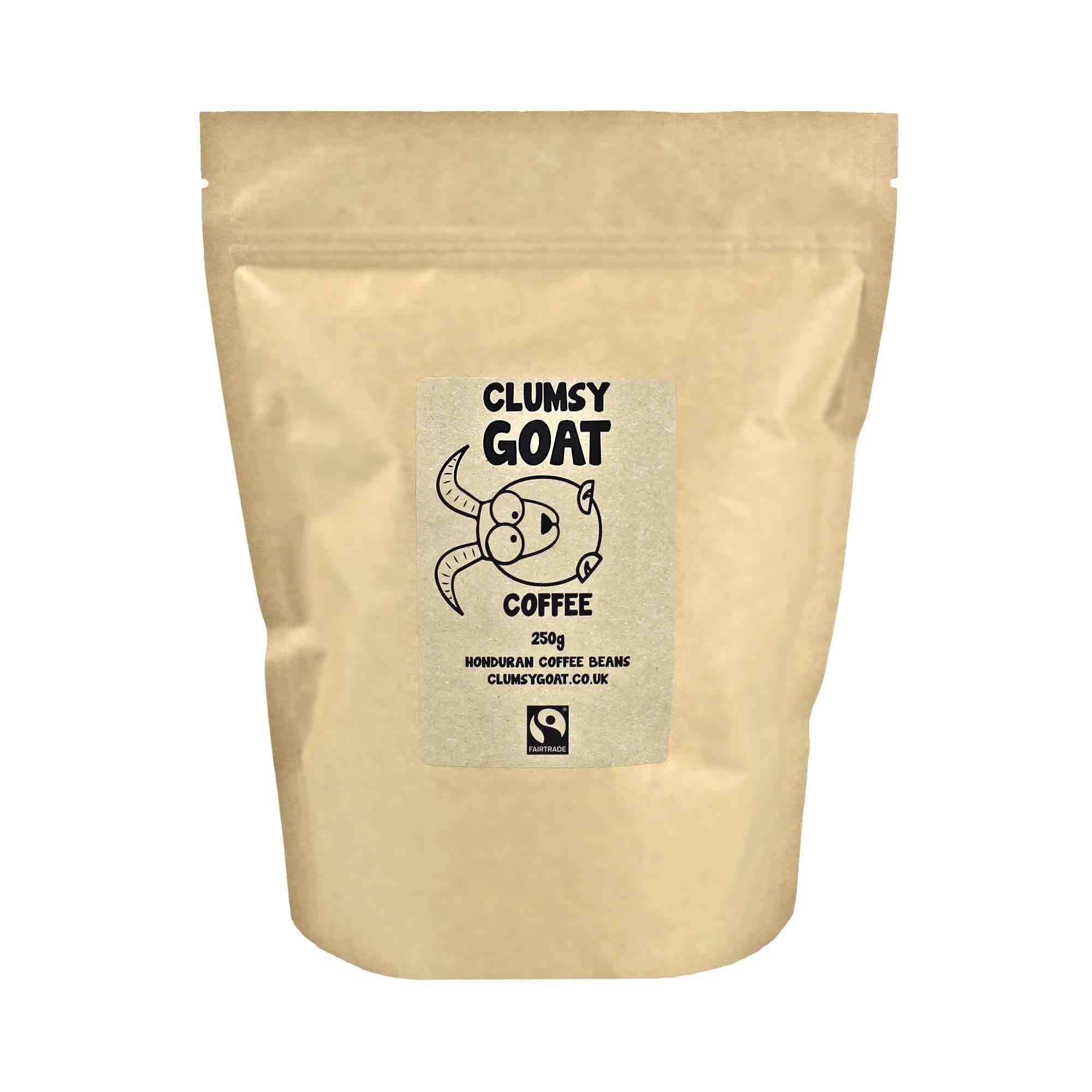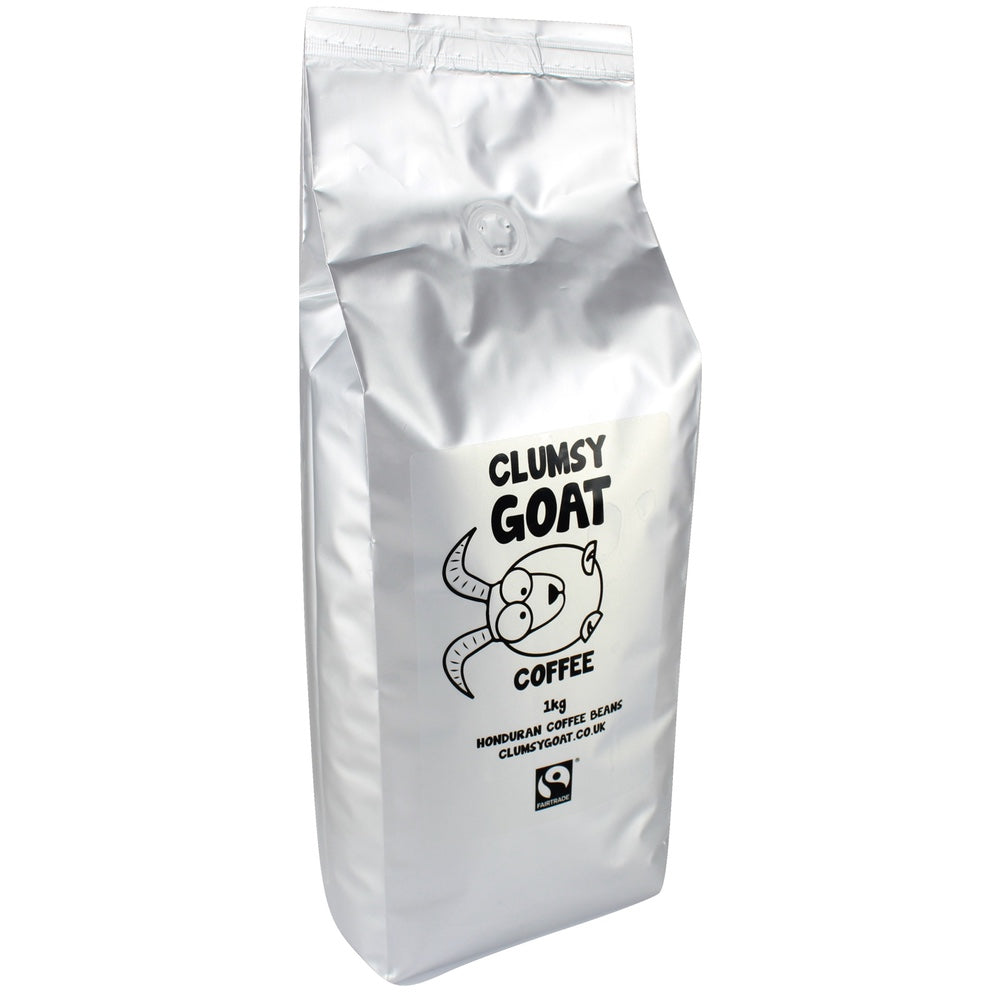Coffee Guides
The Crem One Espresso Machine Range Explained - Our Guide To The Different Models
The Crem One series offers four distinct models designed to cater to various levels of...
Choosing the Right Eureka Espresso Machine: Our Comparison Guide
Are you looking to elevate your coffee experience at home? Choosing the right espresso machine...
The Ultimate Guide on How to Open a Coffee Shop | Expert Tips
Dreaming of opening a coffee shop? This comprehensive guide provides step-by-step instructions and expert tips...
Pairing coffee with food - Our complete guide
We all know that coffee and food can be a match made in sensory heaven,...
What is the best type of milk for coffee?
It seems hard to imagine a time when milk wasn’t added to coffee....












